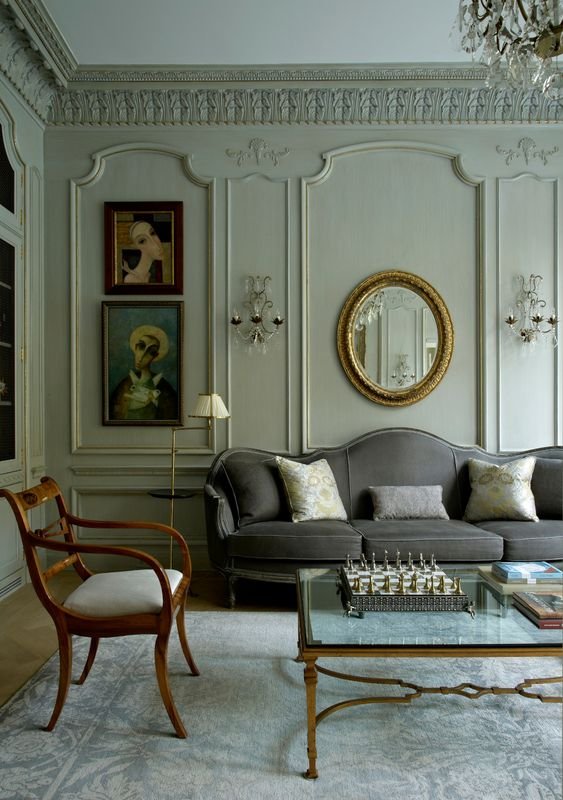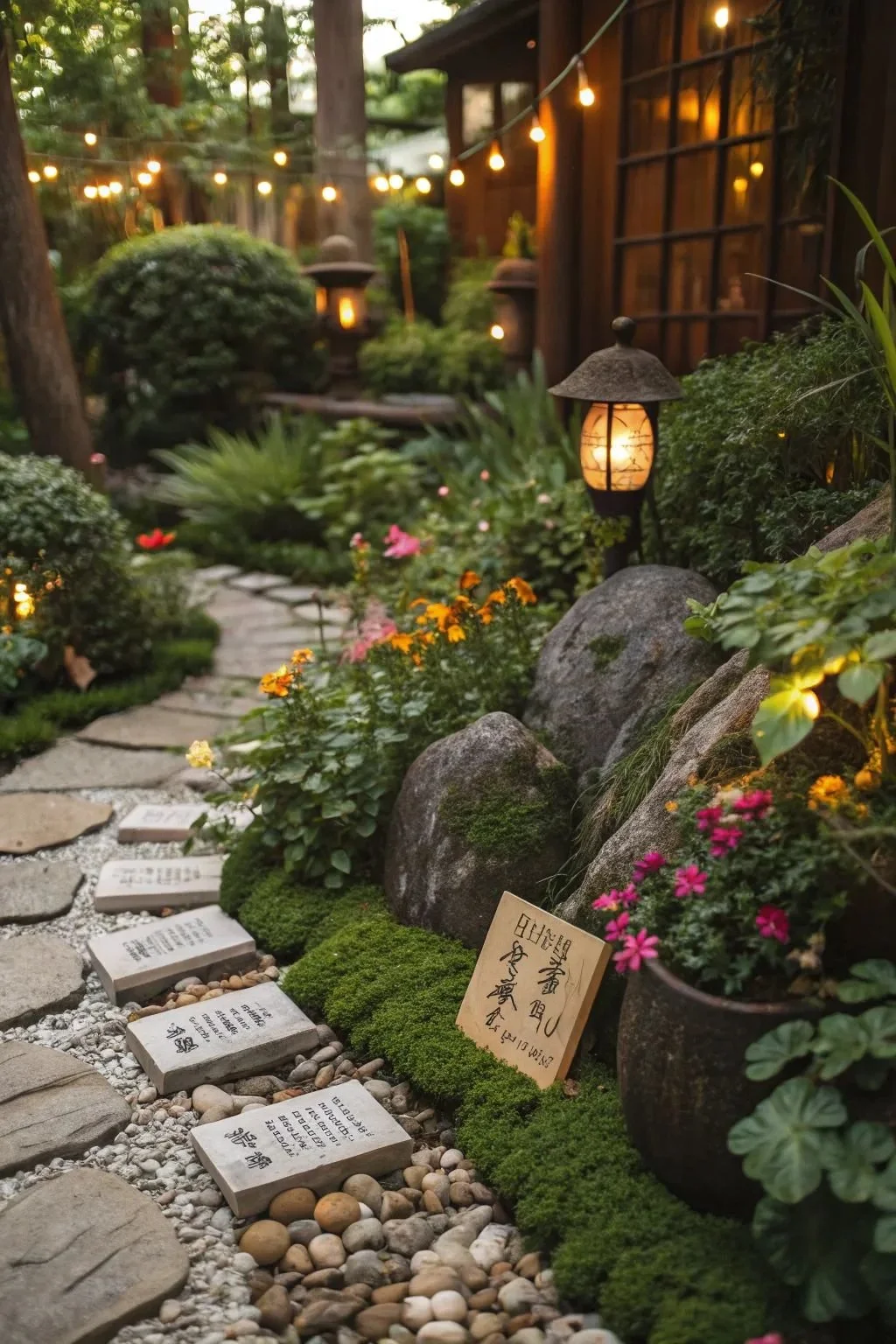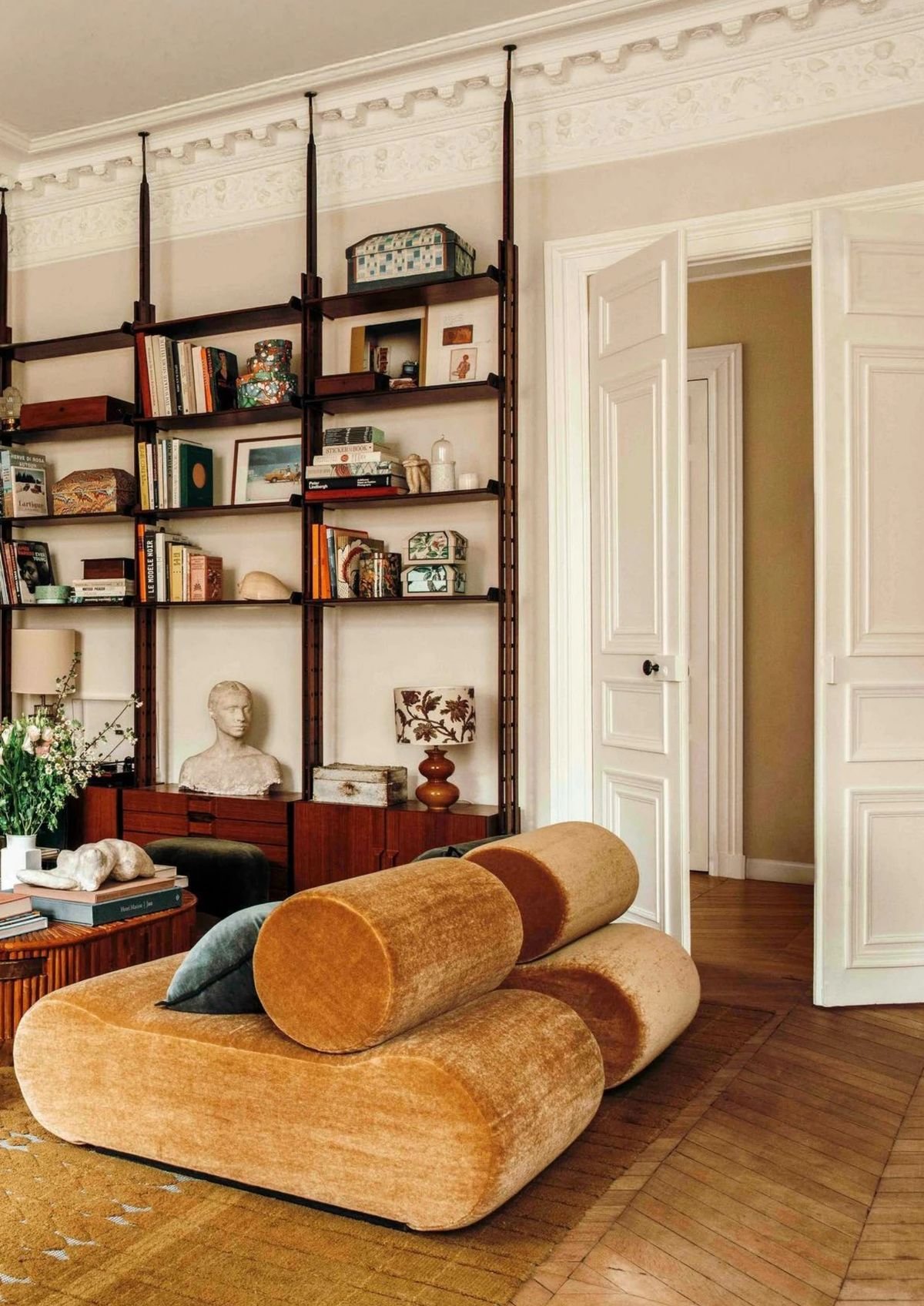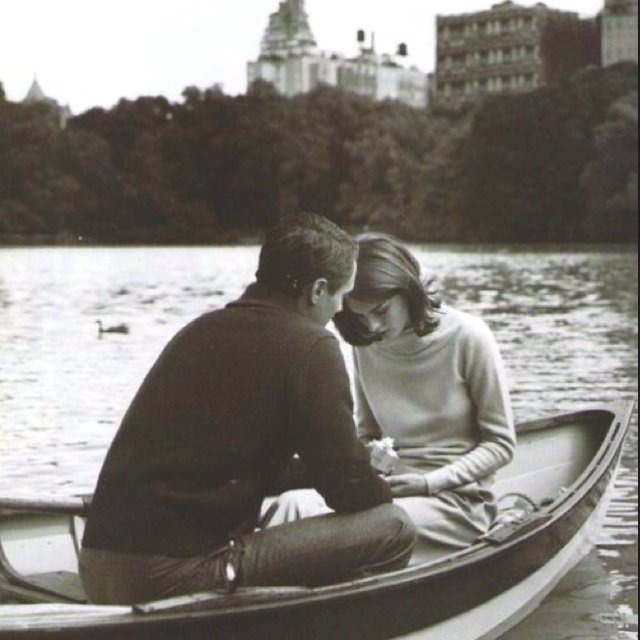5 Interior Design Themes To Draw From For 2022
Designing your own home can be one of the most exciting things we ever do. But at the same time, there are plenty of very big (and sometimes costly) decisions that come along with it, starting with - what style works for your preferences, space, and lifestyle?
While our aesthetic preference may lead us one direction, the way we actually live is often quite different. In fact one of the best pieces of interior design advice we ever received was that the best livable interior design is often a mix of styles and curating these to suit your personal life will always work better than following any design trend to the T. With that being said, we broke down some of the biggest design themes for 2022 and onward below:
Minimalist
Believe it or not, minimalist interior design was actually around as early as the 1960s. It stemmed from traditional Japanese design themes, focusing on stripping the home down to its basics. Nevertheless, it really rose to prominence as an interior design theme in Western homes throughout the last decade or so. As more and more households started accumulating junk and clutter, we looked for ways to stop this. So, minimalism became a massive hit. Nowadays, it’s one of the best interior design themes you can choose if you want to make your home look spacious and simplistic. Monochrome styles are used, space-saving design is key, and you want to create a very peaceful atmosphere that’s free from mess and clutter.
European Traditional
Traditional interior design - sometimes referred to as traditional interior design - is all about using elements from the classic European decor style. Often Georgian inspired, it decorates your home with classic European-centric furniture pieces, big fireplaces, and a range of rich colors. Wood is a big thing in this interior design theme. High-back armchairs, heavier, rich, old-world fabrics and tapestry, ornate details, and clean yet curved lines add a timeless feel that can convolute the era you’re in. Vintage pieces and carved sculptures give an elegant personalized feel, and large-scale carpeting, moulding, and gallery walls are an easy way to add grandeur.
Postmodern
Postmodernism has its roots in the 1970s where it burst onto the scene as an interior design trend that took over homes until the 90s. What followed were a few decades where some of the other themes on this list rose to prominence and became more popular. However, in 2021, we started seeing postmodern interior design return to homes throughout the world. This style is unique in that it focuses on bold primary colors, typically using a lot of retro shades. It all calls upon textures and materials like leather, glass, plastic, and laminates throughout the home. Specifically, the whole aim of the postmodern design is to never be part of an everlasting fashion. Things contrast and are extremely bold; you’re creating something that’s specifically designed to stand out and pop!
Modern
Modernism is focused on creating a cool and bright interior to live in. You use a lot of cold colors and will rarely see ornaments littered around the home. It’s similar to minimalist interior design in the sense that less is more, but not as extreme. A key characteristic of this theme is that you want a very open-plan home. Walls are knocked down, kitchens join onto living areas, and you want to create a lot of space. Modern art should adorn your walls as well, and the furniture is made from more modern materials - like metal, glass, etc. Everything is made to look sleek and streamlined, with simple patterns and a fresh atmosphere.
Scandinavian
Another modern style of interior design, but the Scandinavian style has its own unique points. Its popularity was born out of shops like Ikea opening up all over the world. There are three key elements of this design theme: efficiency, simplicity, and functionality. Interiors need to be efficient and functional; everything inside a room should be there for a reason, it should provide you with something. This is where you see a lot of multifunctional pieces of furniture - like tables that fold into walls and leave you with space when not in use, or a footstool that offers internal storage. Color wise, you are mainly looking at whites, grays, and blacks. However, a key element of Scandinavian interior design is adding a splash of bold color here and there. You can throw in some blues, yellows, greens, and so on.
















